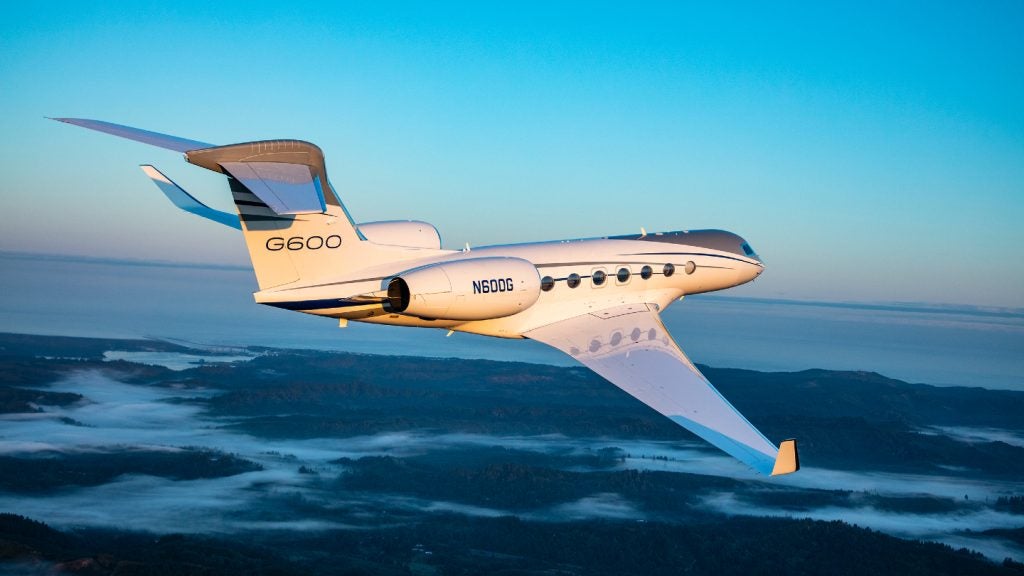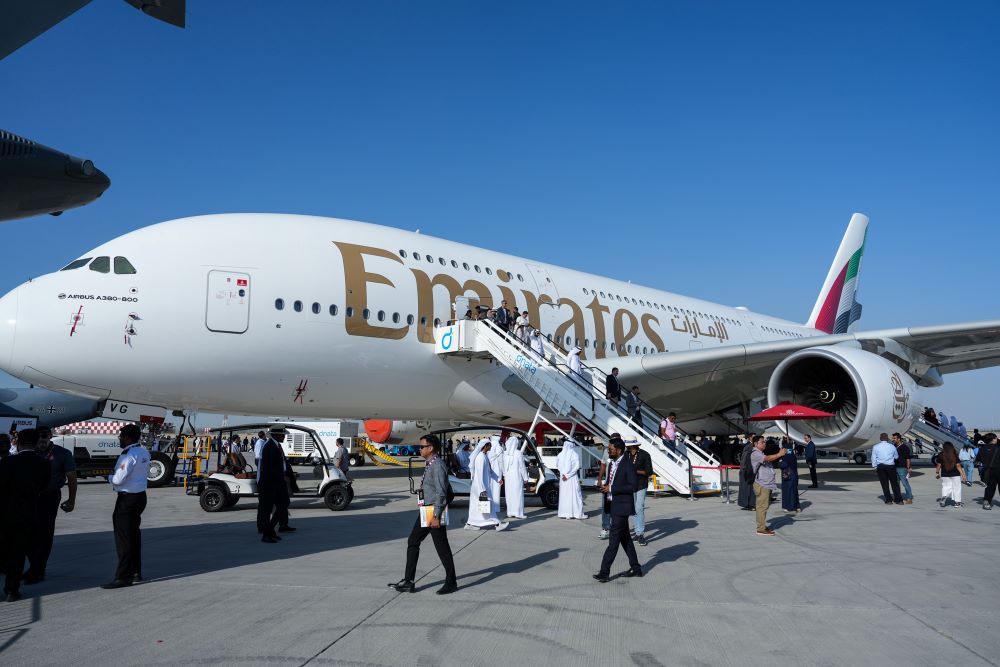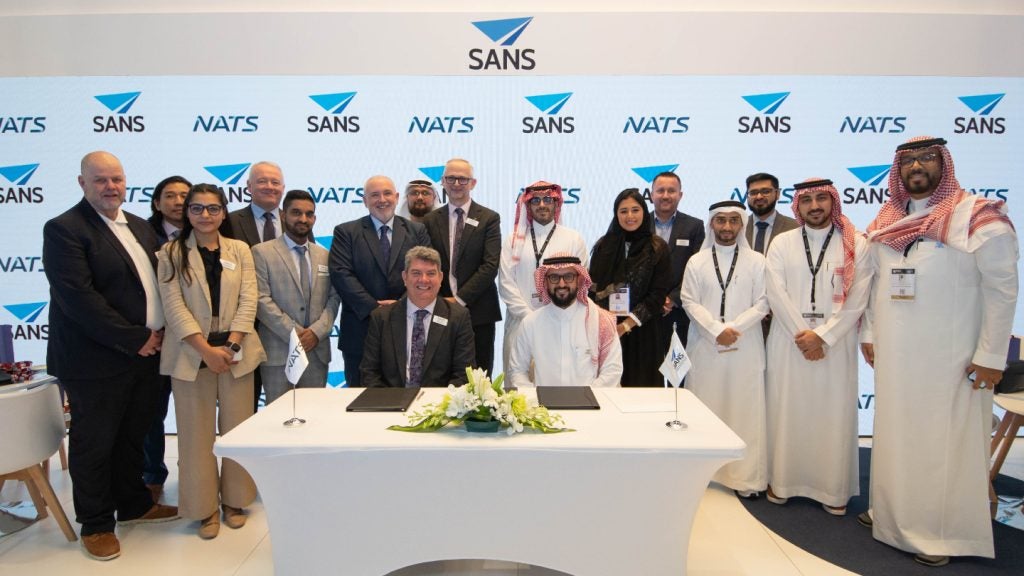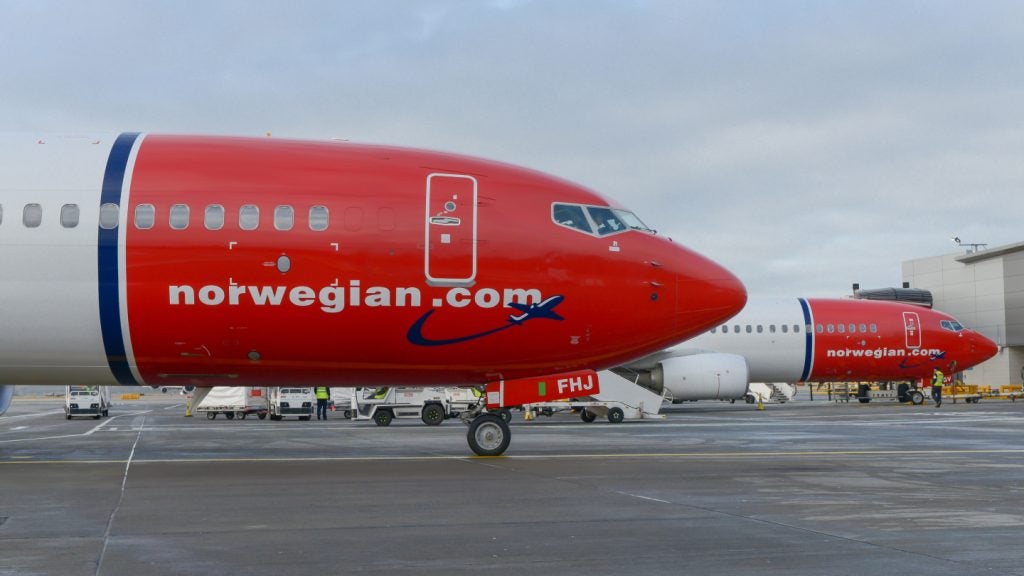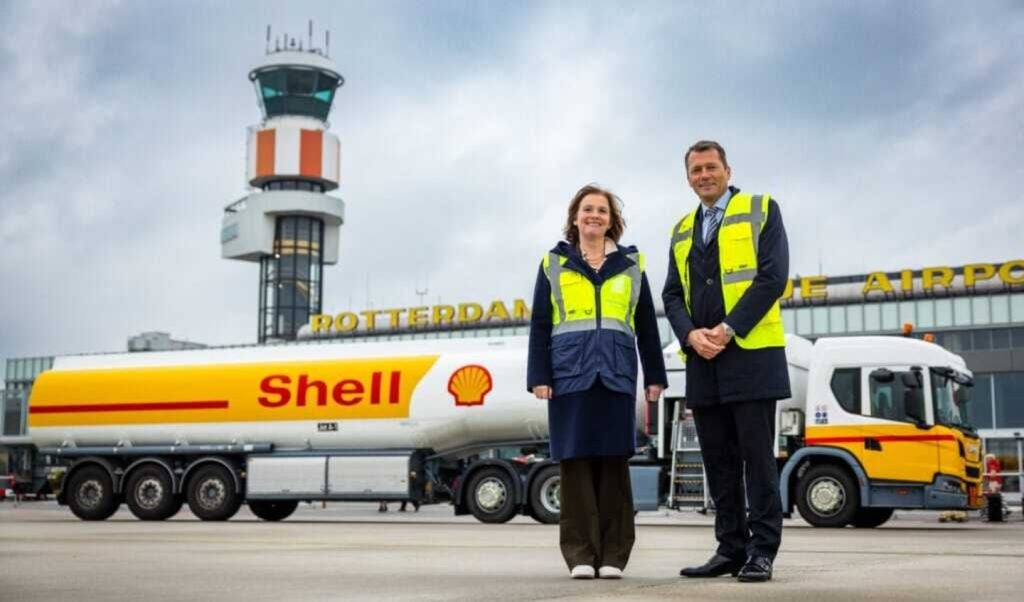US aircraft manufacturer Gulfstream Aerospace has conducted the first transatlantic flight using 100% sustainable aviation fuel (SAF) with a G600 aircraft that flew between the state of Georgia in the US and the UK.
The just under seven-hour-long flight took off from the company’s headquarters in Savannah, Georgia and landed at Farnborough Airport, UK, beating airline Virgin Atlantic to the achievement by just over a week.
On 19 November, Gulfstream’s flight, using Pratt & Whitney PW815GA engines, marked a significant milestone for the low-emission fuel, which has been highlighted as a key part of the industry’s net zero ambitions and allowed the company to collect data on the use of the fuel in particularly cold, long-distance flights.
Gulfstream president Mark Burns said: “One of the keys to reaching business aviation’s long-term decarbonisation goals is the broad use of SAF in place of fossil-based jet fuel.
“The completion of this world-class flight helps to advance business aviation’s overarching sustainability mission and create positive environmental impacts for future generations.”
The SAF used on the flight was produced by World Energy, which also claims to have been the first SAF producer and comprised of 100% hydroprocessed esters and fatty acids providing 70% lower lifecycle CO₂ emissions compared to traditional jet fuel.
Despite the importance of the flight in demonstrating SAF’s capabilities, it may be disappointing news for the Virgin Atlantic team which had planned on conducting the first solely SAF-powered transatlantic flight on 28 November using a Boeing 787 Dreamliner powered by Rolls-Royce Trent 1000 engines.
However, a spokesperson for the airline said that more conversations around SAF use was better for the industry and highlighted that the company would still be achieving a world-first with its effort.
They said: “Virgin Atlantic’s Flight100 will be the world’s first 100% SAF transatlantic flight by a commercial airline, following more than a year of radical cross-industry collaboration to demonstrate the capability of SAF as a safe drop-in replacement for jet fuel. We are flying this flight to find long-term solutions to the way millions of people fly.”


